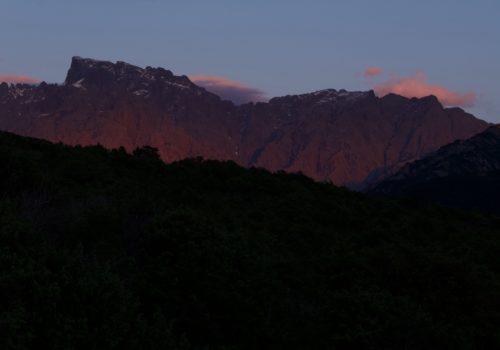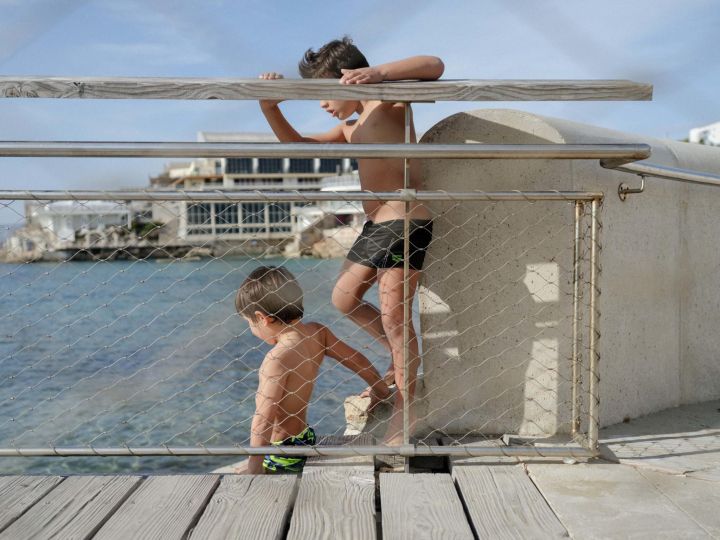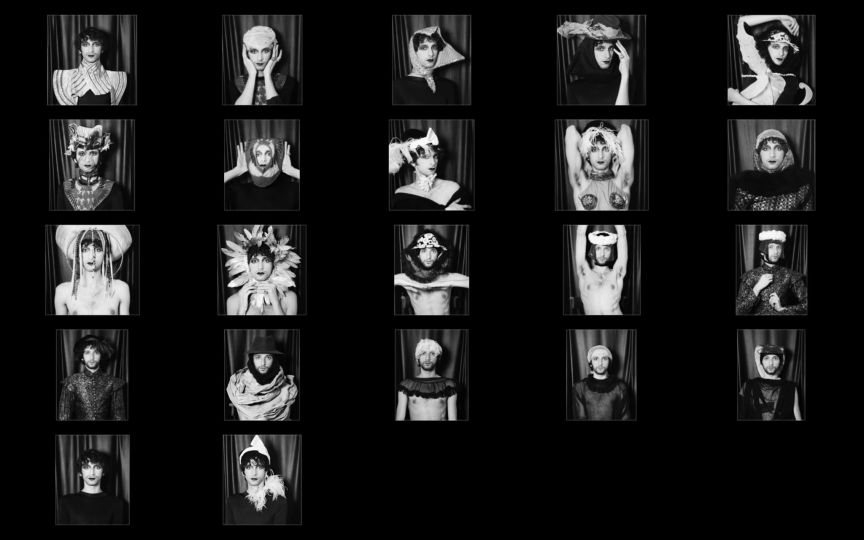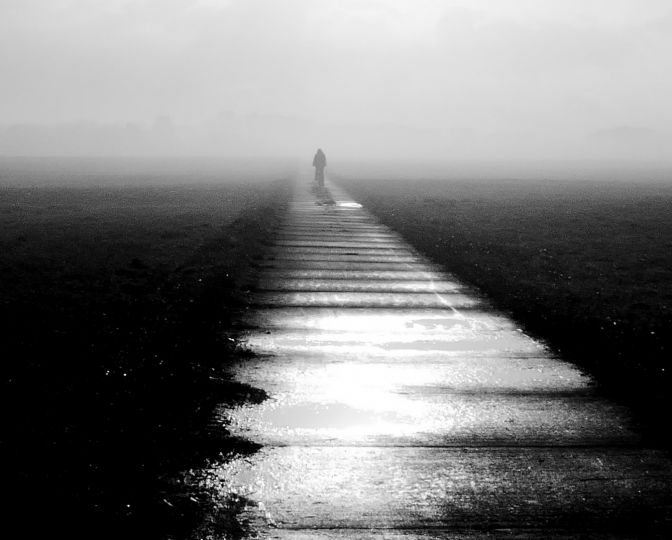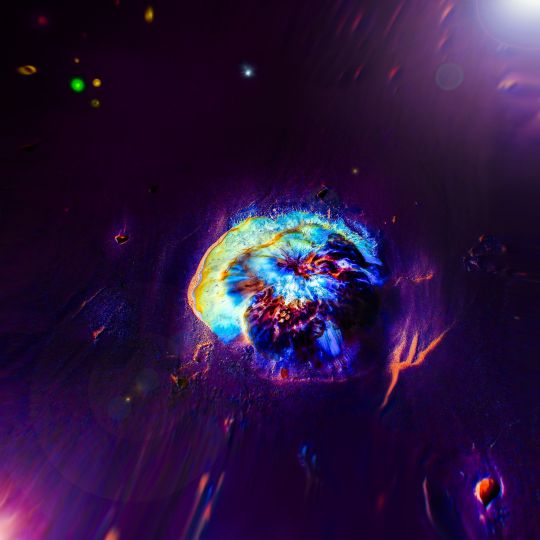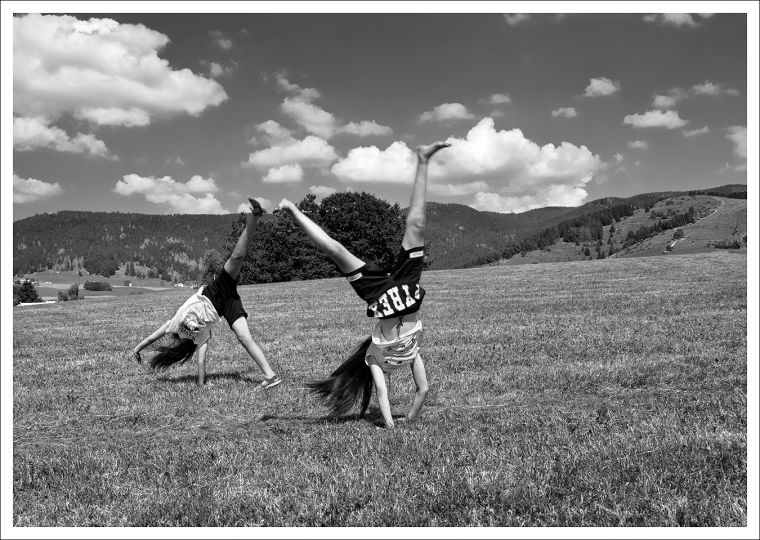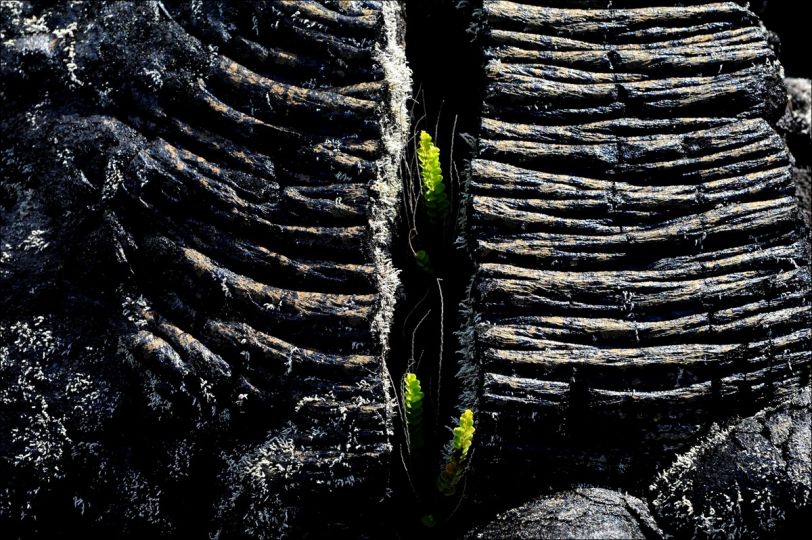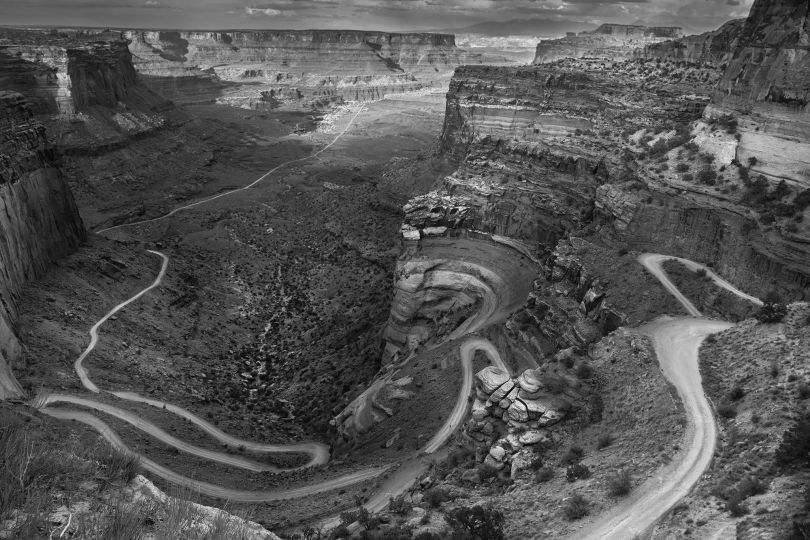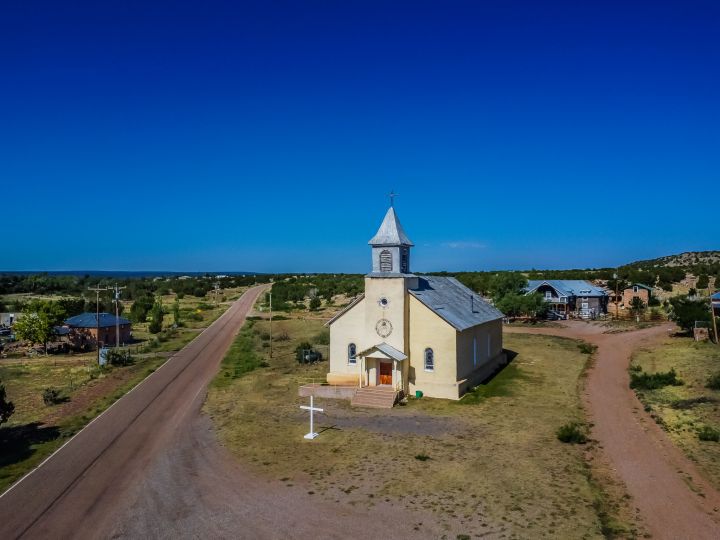The Eye of Photography opens the third chapter of its new section, Cartes Blanches, with the support of MPB. Each month, a French photographer will show an unpublished series while experimenting with equipment borrowed from the global platform for buying, selling and trading used photo and video equipment safely.
After exploring the Marseille coastline and photographer Julia Gat’s Mare Internum project, this series remains in the Mediterranean, where Cléo-Nikita Thomasson is in search of young Corsican islanders. But youth is absent, or on the island, scattered and invisible. Failing to find their faces, she encounters the landscapes instead.
Armed with Fuji GFX 100, her journey from village to valley becomes, in images and words, an intimate quest, in the ebb and flow of her own memories.
A voyage to Corsica in Search of Teenage Islanders.
Notes by Cléo-Nikita Thomasson
“— More wildflowers populate the landscape of the mountains and the sea than young islanders.
— Passing through Tollare, a village in the Cap Corse, I meet an elderly woman who lives there; she speaks to me about Algeria: the coast echoes the horizons, seven inhabitants year-round, no more youth.
— Passing through Lozzi at the foot of Monte Cinco, I meet Jean, a villager who tells me that there are only forty left here, no more young people, sadness in his voice: emotions and geographies echo each other, “they all have shepherd’s blood in the Balagne Valley,” there was more than a thousand people before 1914.
— From the mainland, I dreamed about youth away from the cities on the islands. — Replacing faces with landscapes in the absence of finding youth.
— Insular place between sea and mountain.
— The medium of photography represents this emptiness, this disappearance very well, through the silence of the tool: “Silence of the photo. One of its most precious qualities, unlike cinema and television, which always need to be silenced, without succeeding.” Jean Baudrillard
Rocks play a significant role in my work, for their silence, their millennia-old age, their eternity.
Frozen in time, eroded by water, rain, wind, salt, and sun. Words emerge within me: canyon, pass, crevasse, cliff, cave, mountain, ravine, reef, rocks, stones, pebbles, crack… And I find them near waterfalls, rivers, chutes, valleys, seashores, perched landscapes, where there are waves, tidal waves, floods.
Searching for details, textures to evoke reminiscences, to feel the senses.
River Fango:
“Some places never change.”
My pilgrimage, my river. Going upstream, stopping in an anonymous pool of water, then sitting on a rock, between water and sunlight. Sheltered from everything, a sensation of childhood, of hidden treasure and enviable solitude. The rocks are the same, the currents of water too, the light passes over the same cliff fissures. And by sitting on this piece of rock, curling up against the warm stone, I rediscover my childhood, my intimacy: memories, sounds, smells: my mother speaking in the distance, the scent of “Soleil noir” sunscreen, intimate thoughts, my light body and childish gestures. I change, but this stone does not.
And I return to it to find a bit of lost time and live a bit of eternity with these purple rocks. Cartography of childhood.
The Island in Blue Hours
A word, a name, a place, a readable spot on my mental map catches my attention, that of a sandbank, a lagoon, a cliff. I see ancient mythology there, my family memories, my angers, my joys, the beaches of my childhood.
“A Tribute to the Beaches”, “Sunny solitude” resonates within me.
I embark on my first journey with my eyes, then my whole body becomes this island.
My emotions, sensations, perceptions make me feel the colors, taste the scents, touch the sounds, hear the temperatures, and see the sounds of this poetic geography. I violently feel my body exist in my safe place, in this magical, miraculous moment, and through my photographs, I can traverse this world in silence.
The dawns, the sun’s bites, the dusks, and the nights punctuate my happy island like talismans.
This mapping reveals my embodied sentimental geography, my sweet fiction, my intermediary space:
The atoll of silence, the waterfall of truth, the valley of memories, the river of regrets, the cliffs of violence, the lighthouse of feeling, the archipelago of scars, the pass of resilience.
And I return there to this dreamlike place: to inhabit my archives, my habits, my rituals.
While I believe I cast a tranquil gaze upon the world, my eyelashes flutter 11,500 times a day, and with light, I photograph the relics of time with the discreet charms of a past life.
This twilight photography carries a melancholy in advance.
It’s my landmark, my refuge, my island.”
Cléo-Nikita Thomasson
Born in 1994, Cléo-Nikita Thomasson is a long-term photographer, living and working in Lyon. Like her series “Le complexe du homard” begun in 2015 and continued today, where she captures the atmosphere and intimacy of adolescents’ daily lives throughout their individual blossoming, she claims slowness and taking time.
She assumes the role of observer, commonly called documentary photography, which under her eye, borders on intimacy and ordinary life. Her gaze is inseparable from a writing practice developed in notebooks or on the work itself, where photo-texts, comments, and testimonials give the image another psychology.
Co-founder of the Horizon collective, Cleo-Nikita Thomasson has been exhibited at the Larvoratoire Photographique de Douarnenez, the Chapelle Saint Antoine de Naxos, or, among others, at the Biennale de l’Image Possible de Liège.
The artist, and The Eye of Photography, warmly thanks the MPB platform for their support and the use of Fuji GFX 100. The “Carte Blanche” section would not be possible without their assistance.

